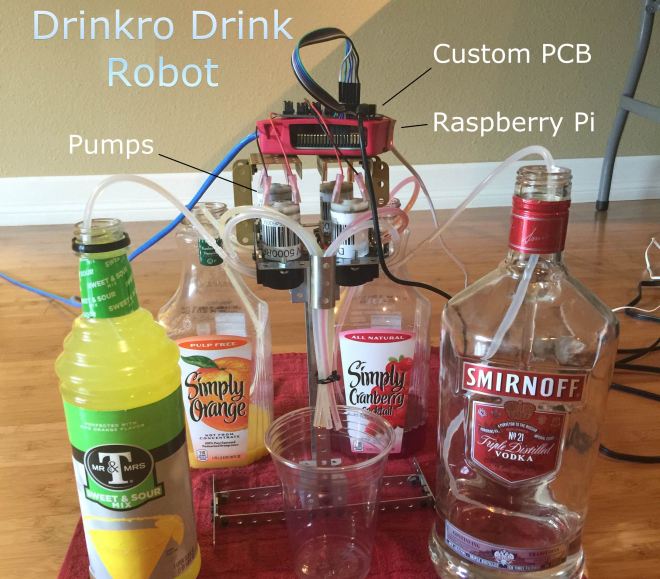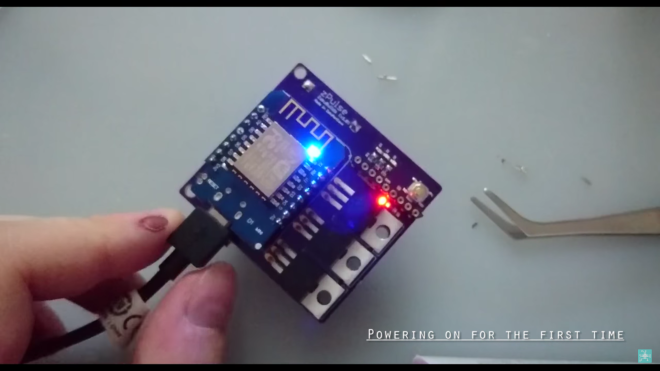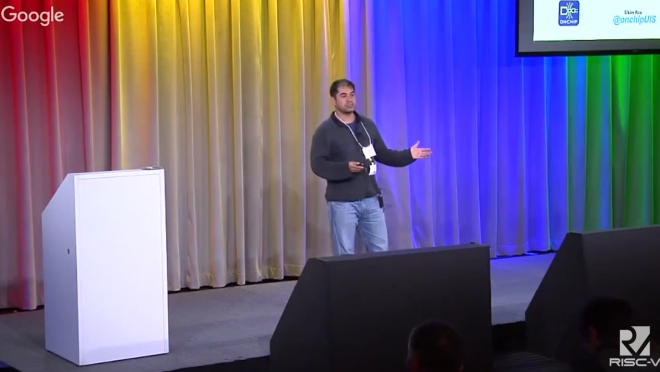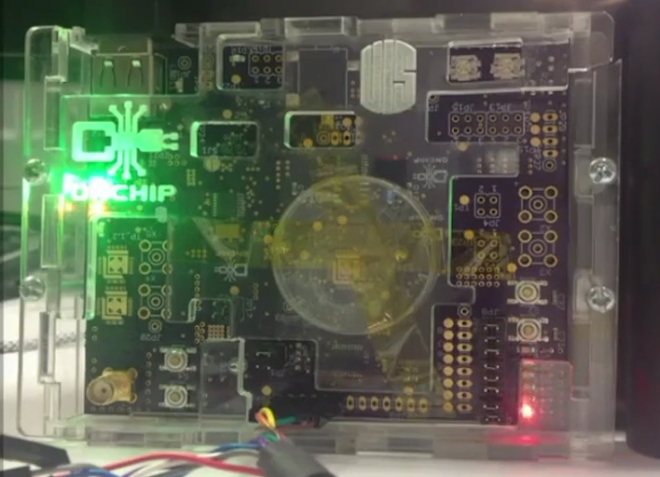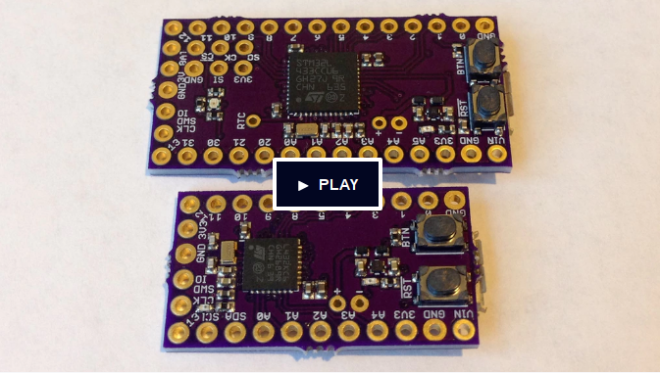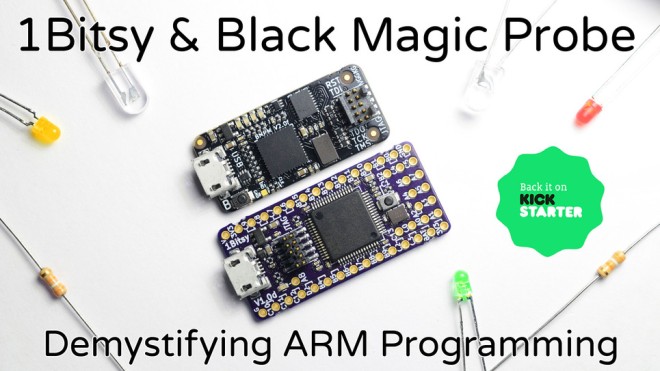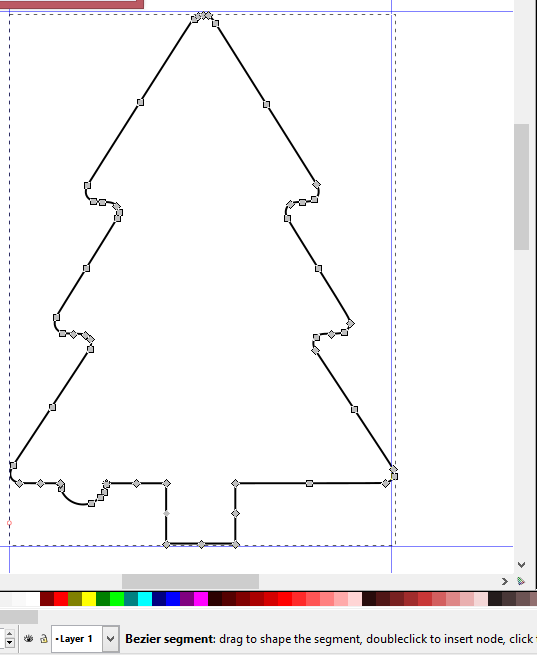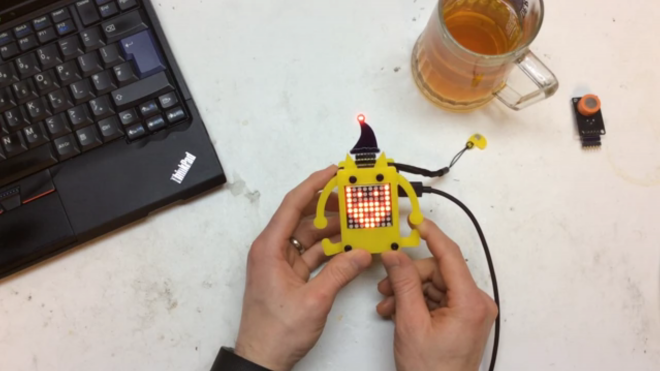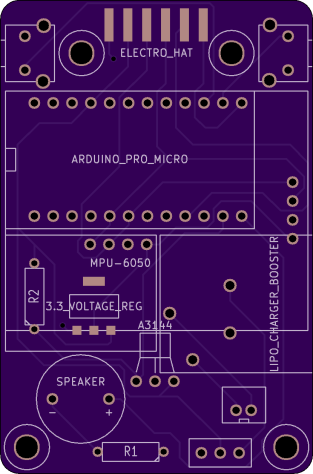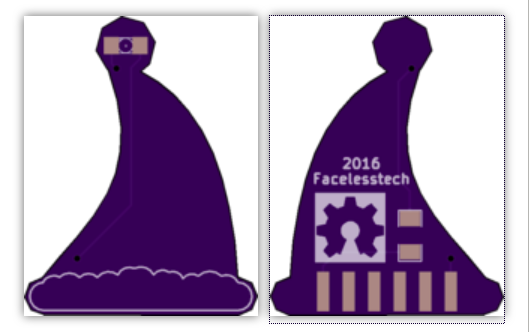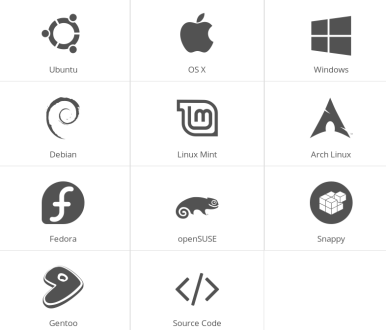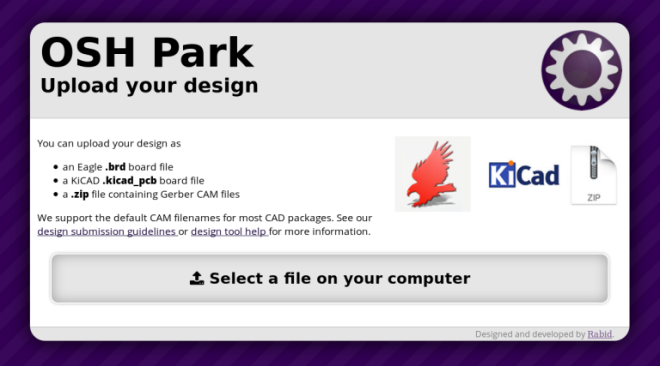Kris Winer of Pesky Products designed these easy-to-program, high-performance and low-power dev boards:
Program an STM32L4 Cortex M4F with the Arduino IDE via USB
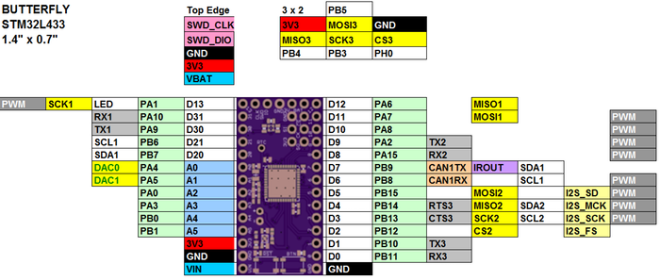
Technical specifications of the Butterfly and Ladybug STM32L4 dev boards:
- Microcontroller: STM32L4 ARM Cortex M4F
- Clock speed: 1, 2, 4, 8, 16, 24, 32, 48, 64, 80 MHz
- Operating voltage: 3.3V
- I/O pin limits: most pins 5.0 V tolerant, 20 mA
- Digital I/O pins: 22, with 11 PWM (Butterfly), 13, with 10 PWM (Ladybug)
- Analog input pins: 6 (Butterfly), 5 (Ladybug), 12-bit ADC channels
- Analog output pins: 2 12-bit DAC
- RTC: 1 ppm accuracy
- Flash memory: 256 KB
- SRAM: 64 KB
- Voltage regulator: 3.3-5.5V input / 3.3V, 150 mA output

To the left is an MPU9250 accel/gyro/magnetometer motion sensor and the BME280 pressure/humidity/temperature sensor
To the right is an ESP8266 wifi-enabled add-on board for Butterfly
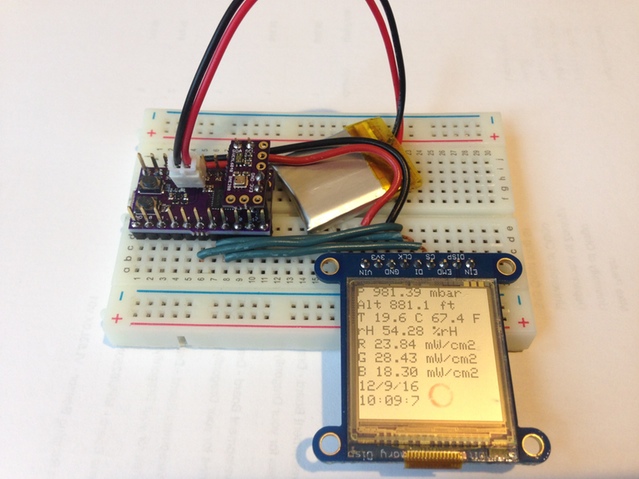
Reading the BME280 and VEML6040 sensors at 0.5 Hz and outputting pressure, temperature, humidity, altitude, RGB light intensity and RTC time and date to the Sharp memory display
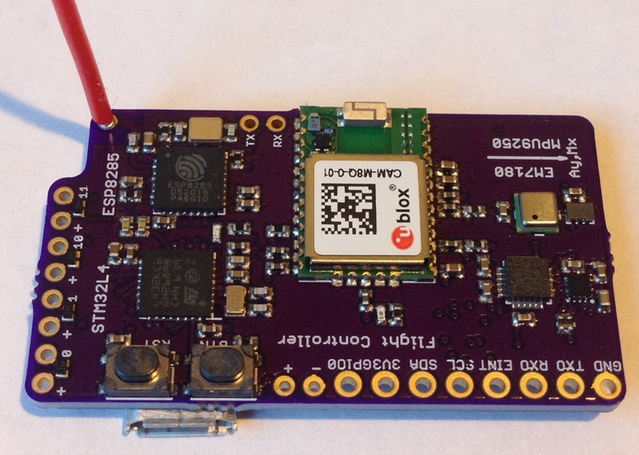
Flight Controller:
STM32L432 receives quaternions from the EM7180, which itself is master to the motion and pressure sensors, GNSS data from the CAM M8Q, then processes and packages the data and sends it to the ESP8285 via UART bridge for transmission to a hand-held controller
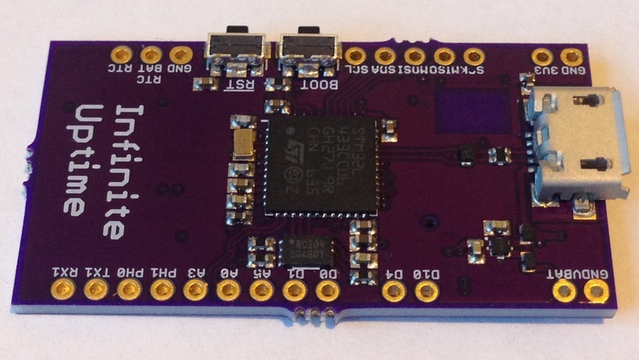
Industrial Diagnostics:
uses an STM32L433 as master to several slave sensors to detect and process signals from industrial equipment and report to a remote server via blue tooth
 SynchroLabs/DrinkroHardware
SynchroLabs/DrinkroHardware
